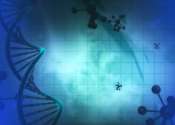New high-throughput method to study gene splicing at an unprecedented scale
Genes are like instructions, but with options for building more than one thing. Daniel Larson, senior investigator at the National Cancer Institute, studies this gene "splicing" process, which happens in normal cells and ...







